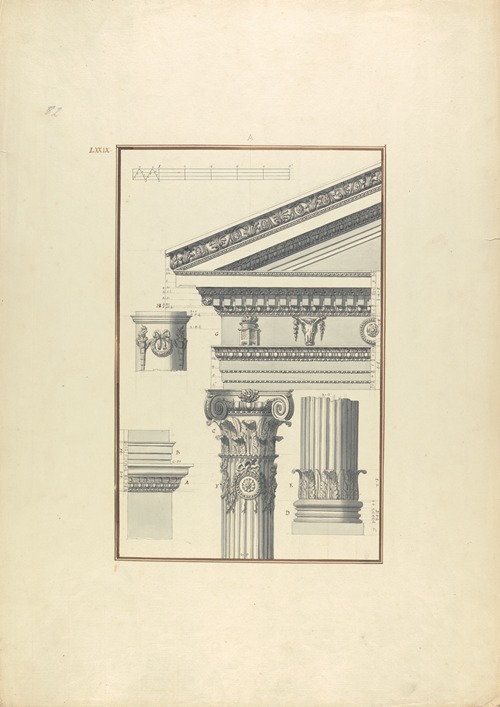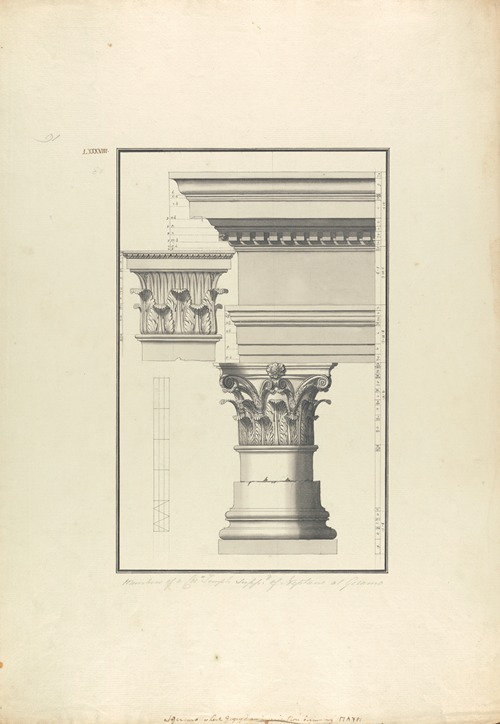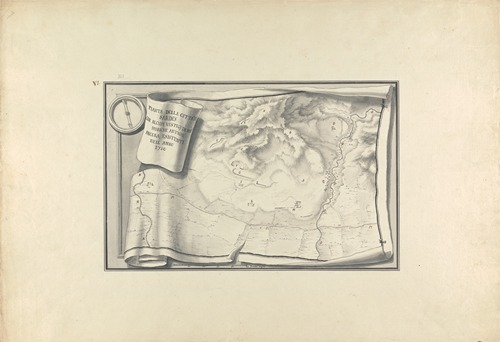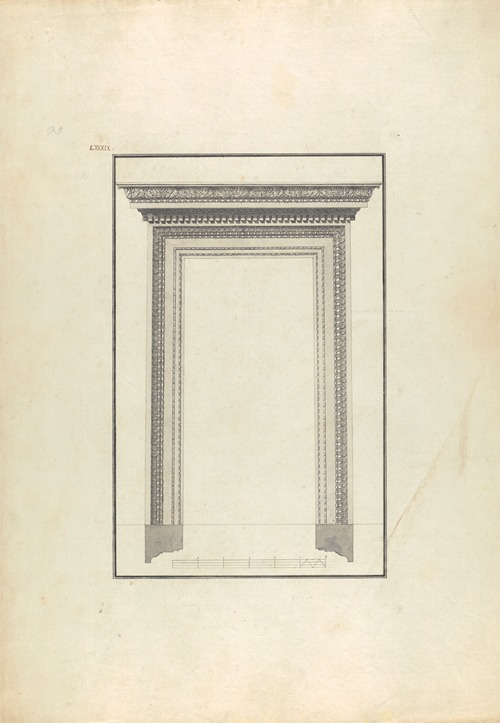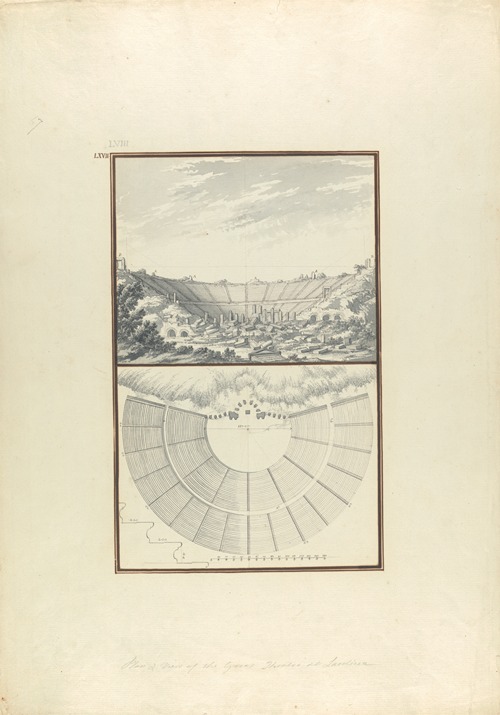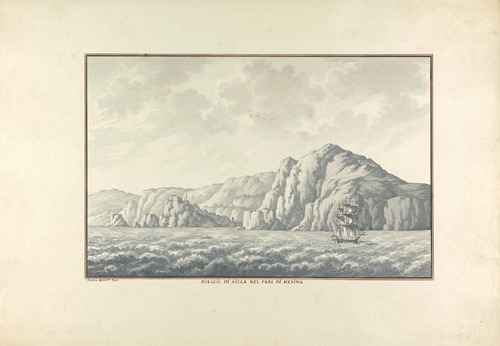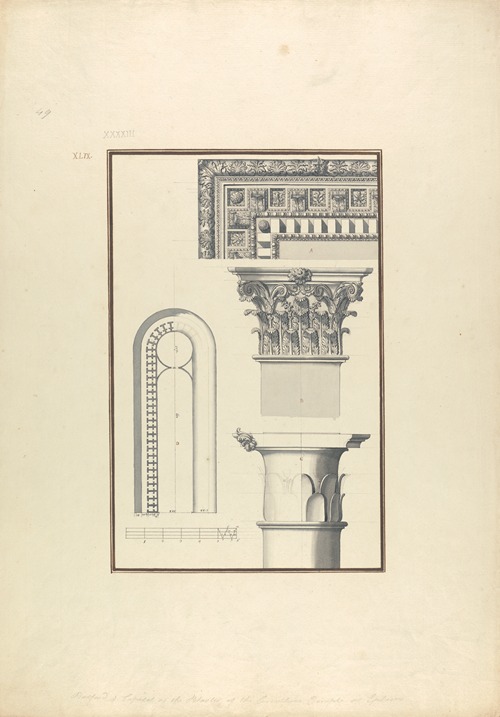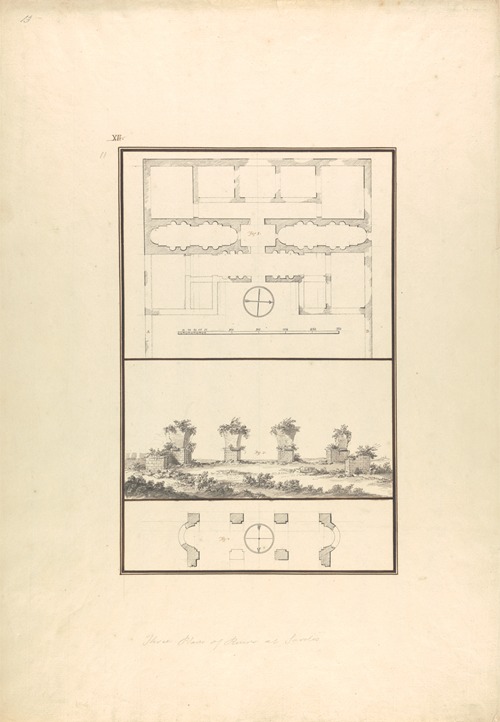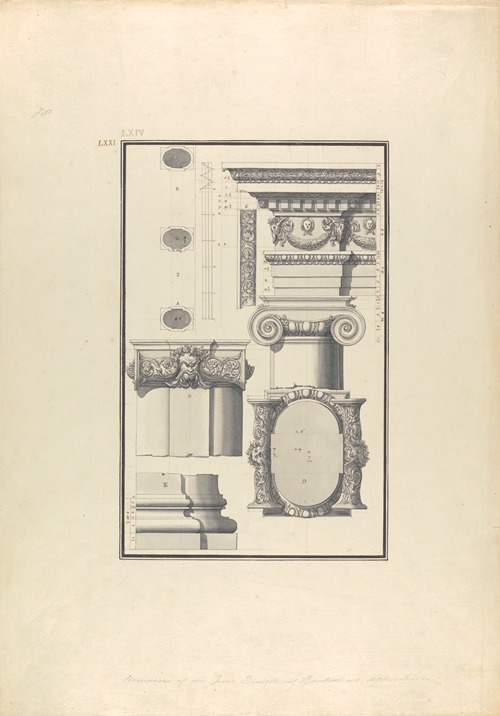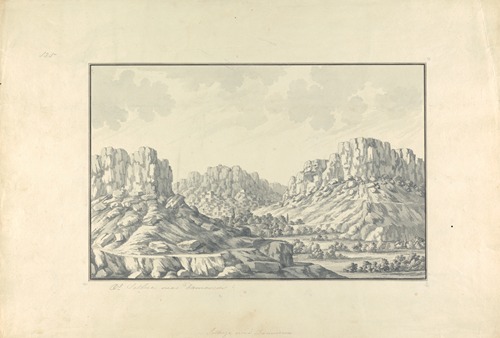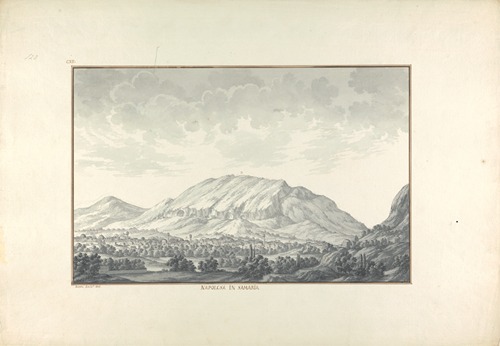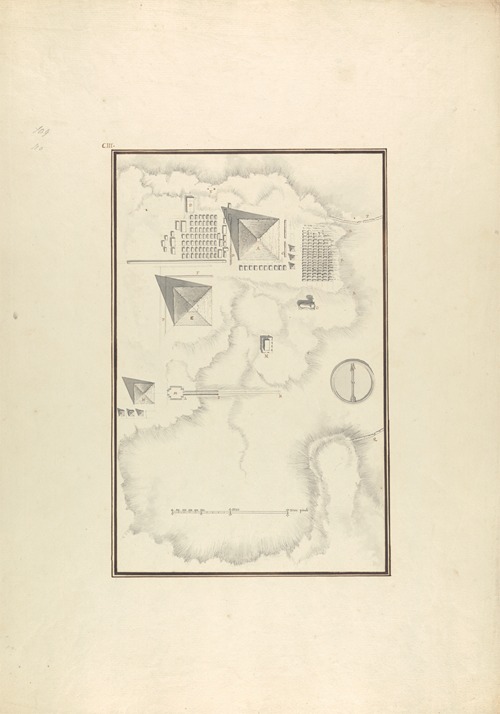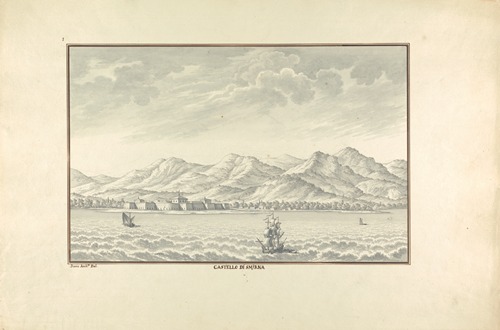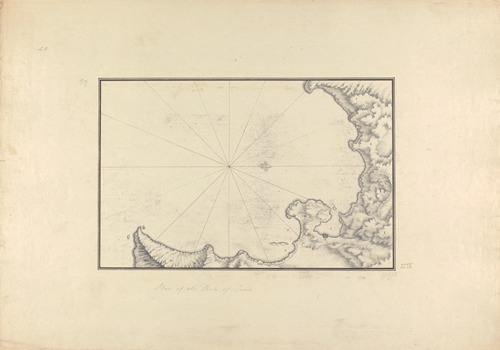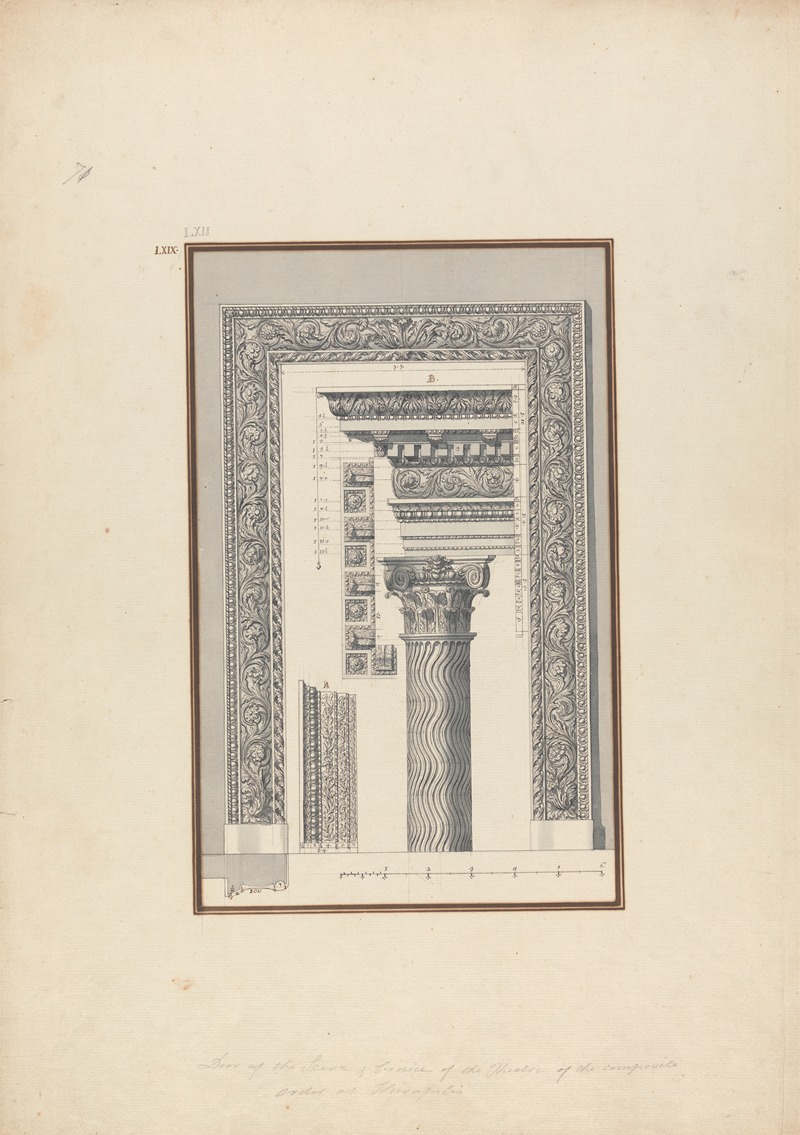
Giovanni Battista Borra was an Italian architect, engineer and architectural draughtsman.
Borra was born in Dogliani. Studying under Bernardo Antonio Vittone from 1733 to 1736 (producing 10 plates for his teacher's Istruzione elementari per indirizzo de'giovani allo studio dell'architettura civile, published in Lugano in 1760), in 1748 he published a work of his own. This was a handbook on buildings' stability, practical in tone. He met Robert Wood in Rome, and joined his 1750–51 antiquarian expedition to Asia Minor and Syria as its architectural draughtsman before returning with Wood to England.
There he used his sketchbooks (now in the library of the Society for the Promotion of Hellenic Studies, London) to produce the original drawings (now in the Royal Institute of British Architects) for Wood's The Ruins of Balbec and The Ruins of Palmyra, and from 1752 to 1760 carried out commissions for English patrons. These works and their images led to motifs from Baalbek and Palmyra becoming fashionable for ceiling and interior decorations in England and Italy (Borra used them, for example, in his own work on the south facade of the Palazzo Isnardi and the interior decoration of its Sala d'Ercole and Sala di Diana, on the piano nobile). He is thought to have died in Turin.
